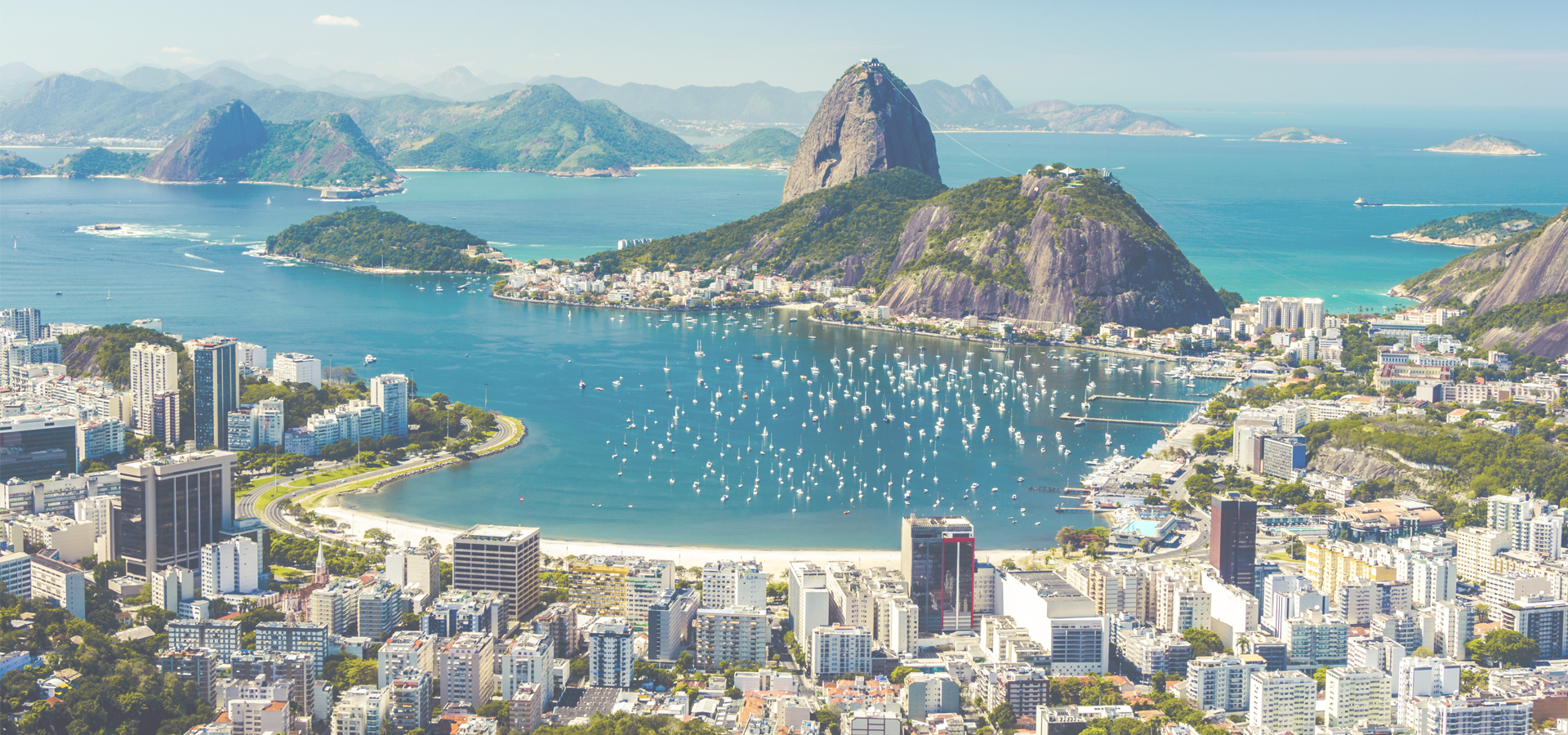Cantagalo, Rio de Janeiro State, Southeast Region, Brazil
🇧🇷 Cantagalo, formerly spelled Cantagallo, is a city located in the east-central area of Rio de Janeiro State, Brazil. The city's economic activities still revolve around agriculture, with the exploration of granite and calcareous rock for the cement industry also playing a strong role. Some of the largest cement manufacturers in Brazil have facilities in Cantagalo.
History Colonization of Cantagalo began in 1755, when Portuguese nobleman Manoel Henriques, Duke of Terso and a clandestine gold miner, left the state of Minas Gerais in search of unexplored riches. Henriques and his group erected a settlement on a small tributary of the Parahyba approximately 80 miles (129 km) north-west of Rio and began exploring along the local rivers. It was originally known as Sertões de Macacu after the nearby Macacu River.
By 1784, the settlement had grown to accommodate approximately 200 houses. This growth caught the attention of the Portuguese rulers of Brazil, who had a monopoly over gold exploration in the colony. By order of the Viceroy Luiz de Vasconcelos e Souza, several expeditions were sent in search of Henriques and his group. The town's current name (Portuguese for "rooster crow") was inspired by the circumstances of his capture. A troop was about to return to their camp after a day of searching in vain around the woods, when a soldier heard the crowing of a rooster nearby and decided to further explore the area. One of Henriques's men was found in a clearing in the woods and, in exchange for his release, revealed the whereabouts of the rest of the group. Henriques was deported to Africa in dishonour.
By 1786, the settlement's name had been officially changed from Sertões de Macacu to Cantagalo. In 1814, Cantagalo was officially recognised by Emperor Pedro I as a municipality and in October 1857, was officially elevated to the category of city. By the mid-19th century, the area's gold was played out and the settlement came to depend on agriculture. Corn, coffee, and sugarcane plantations covered several acres of highly fertile land.
Before the First World War, Cantagallo was considered a rich fruit- and coffee-producing district and was connected to Rio via a 100-mile-long eponymous railway.
Rio de Janeiro

Cantagalo has a population of over 20,168 people. Cantagalo also forms part of the wider Rio de Janeiro State which has a population of over 17,264,943 people. Cantagalo is situated 58 km north-east of Nova Friburgo.
🇧🇷 Porto Ferreira -21.858
🇧🇷 Poços de Caldas -21.788
🇧🇷 Araraquara -21.783
🇧🇷 Juiz de Fora -21.758
🇧🇷 Campos dos Goytacazes -21.755
🇧🇷 Adamantina -21.687
🇧🇷 São João da Boa Vista -21.984
🇧🇷 Pirassununga -21.998
🇧🇷 São Carlos -22
🇧🇷 São Lourenço -22.1
🇧🇷 Presidente Prudente -22.127
🇧🇷 Pouso Alegre -22.234
🇧🇷 Nova Andradina -22.248
🇧🇷 Casimiro de Abreu -42.2
🇧🇷 São Pedro da Aldeia -42.1
🇧🇷 Governador Valadares -41.933
🇧🇷 Rio das Ostras -41.92
🇧🇷 Nova Friburgo -42.534
🇧🇷 Rio Bonito -42.617
🇧🇷 Coronel Fabriciano -42.617
🇧🇷 Cataguases -42.683
Locations Near: Cantagalo -42.3653,-21.981
🇧🇷 Nova Friburgo -42.534,-22.282 d: 37.8
🇧🇷 Casimiro de Abreu -42.2,-22.467 d: 56.6
🇧🇷 Cataguases -42.683,-21.4 d: 72.5
🇧🇷 Rio das Ostras -41.92,-22.497 d: 73.5
🇧🇷 Macaé -41.785,-22.372 d: 73.9
🇧🇷 Teresópolis -42.967,-22.412 d: 78.3
🇧🇷 Rio Bonito -42.617,-22.7 d: 84
🇧🇷 Muriaé -42.37,-21.129 d: 94.8
🇧🇷 São Pedro da Aldeia -42.1,-22.833 d: 98.6
Antipodal to: Cantagalo 137.635,21.981
🇯🇵 Amami 129.483,28.367 d: 18930.8
🇲🇵 Saipan 145.753,15.189 d: 18874.4
🇯🇵 Nago 127.978,26.592 d: 18910.7
🇯🇵 Ginowan 127.78,26.279 d: 18907.2
🇯🇵 Okinawa City 127.793,26.343 d: 18905.6
🇯🇵 Okinawa 127.809,26.409 d: 18904.1
🇯🇵 Urasoe 127.734,26.254 d: 18904.1
🇯🇵 Naha 127.702,26.199 d: 18903.6
🇯🇵 Tomigusuku 127.667,26.15 d: 18902.5